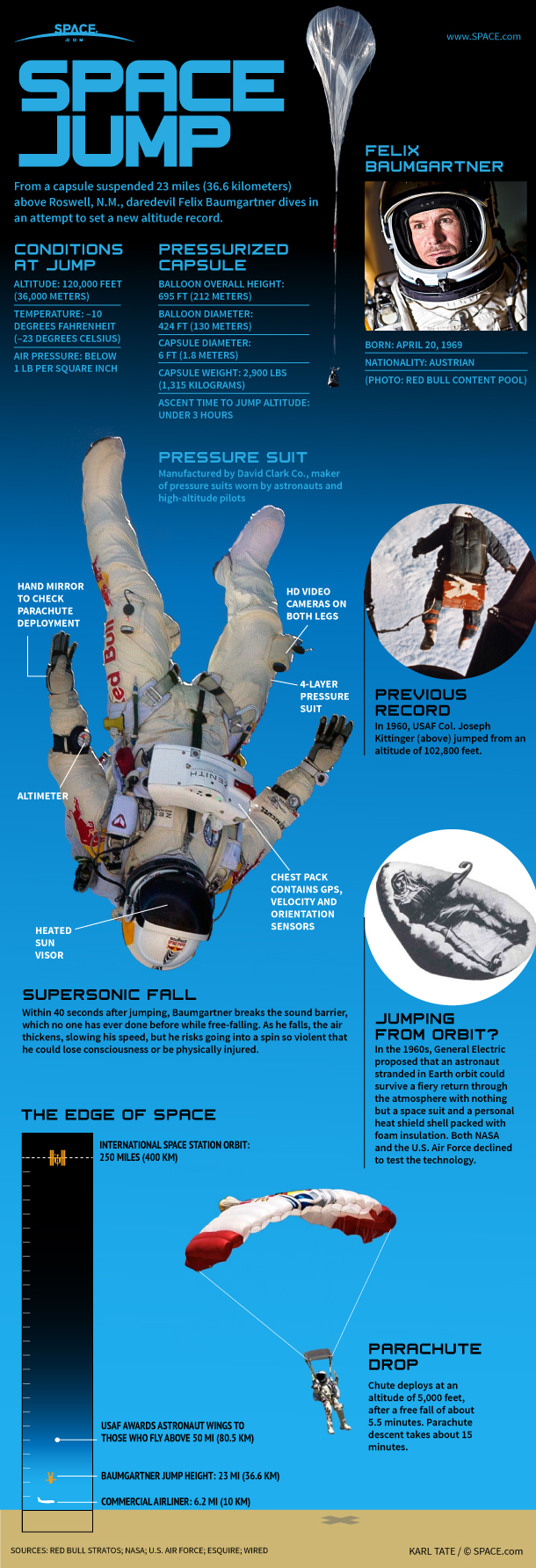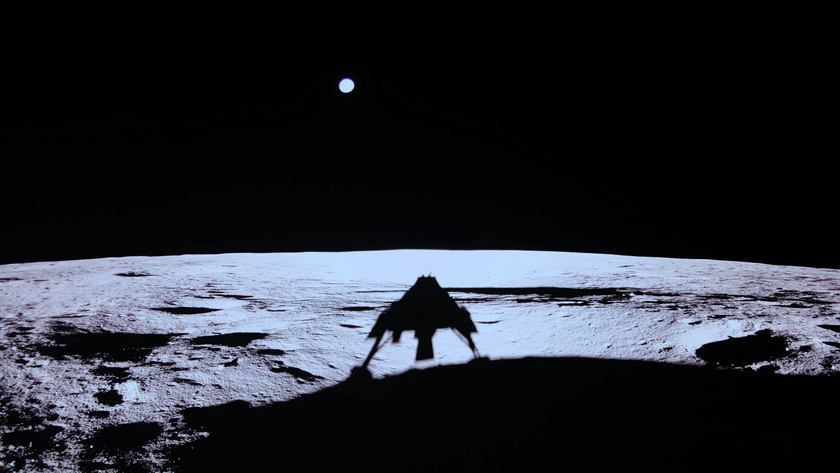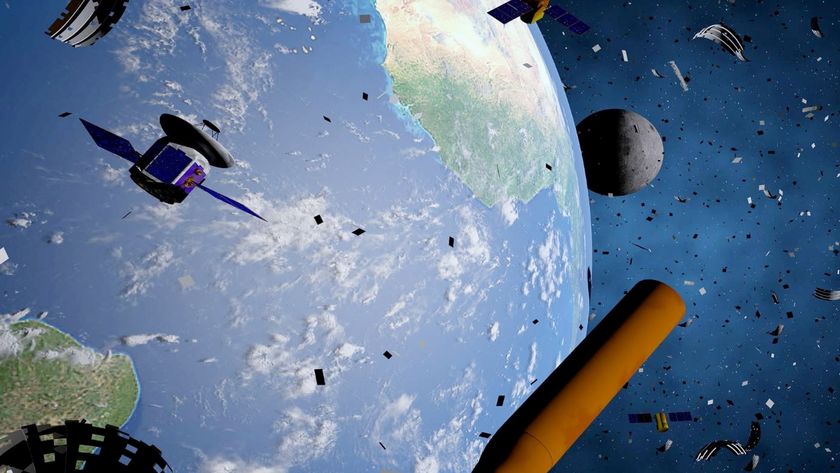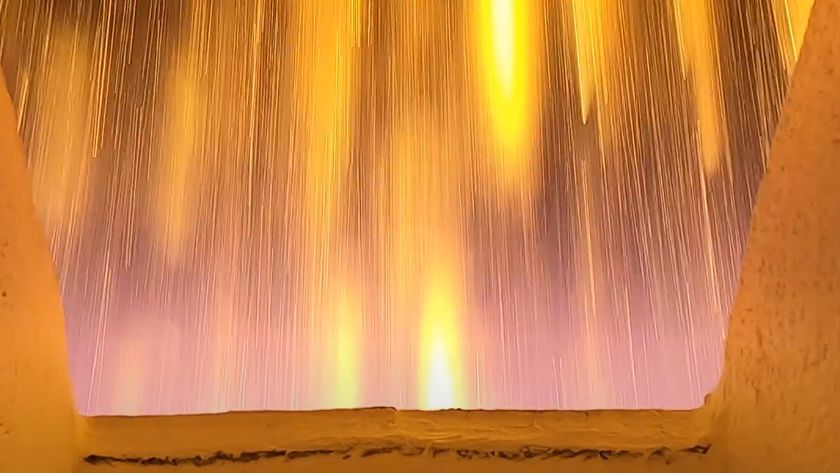Space Jump: How Daredevil's Record-Breaking Supersonic Skydive Works (Infographic)

Editor's Note: You can watch the skydive live here on SPACE.com.
From a capsule suspended 23 miles (36.6 kilometers) above Roswell, N.M., daredevil Felix Baumgartner will skydive in an attempt to set a new altitude record.
Baumgartner will first ascend to an altitude of 120,000 feet (36,000 meters) in a six-foot diameter (1.8 meters) pressurized capsule suspended from a high-altitude balloon.
Once at the correct altitude, Baumgartner steps from the capsule and begins to fall. Within about 40 seconds he accelerates enough to break the sound barrier, which has never been done by a free-fall skydiver.
In 1960, United States Air Force Col. Joseph Kittinger made a similar jump from the lower altitude of 102,800 feet (31,000 meters). [8 Craziest Skydives of All Time]
General Electric proposed in the 1960s that an astronaut stranded in Earth orbit might survive a fiery return through the atmosphere with nothing but a space suit and a personal heat shield shell packed with foam insulation. Both NASA and the U.S. Air Force declined to test the technology.
While Baumgartner’s jump is from a record-setting altitude, it is only a fraction of the distance to orbital height. The International Space Station for example orbits at an altitude of 250 miles (400 kilometers).
As Baumgartner descends he enters thicker air. His speed slows but he risks going into a deadly spin so violent that he could lose consciousness.
After free-falling for about five and a half minutes, Baumgartner deploys his parachute at an altitude of 5,000 feet.
- Photos: Skydiver Attempts Record 23-Mile Supersonic Jump
- 8 Craziest Skydives of All Time
- Supersonic Skydive From Edge of Space - Animated
Follow SPACE.com on Twitter @Spacedotcom. We're also on Facebook and Google+.
Join our Space Forums to keep talking space on the latest missions, night sky and more! And if you have a news tip, correction or comment, let us know at: community@space.com.
Get the Space.com Newsletter
Breaking space news, the latest updates on rocket launches, skywatching events and more!

Karl's association with Space.com goes back to 2000, when he was hired to produce interactive Flash graphics. From 2010 to 2016, Karl worked as an infographics specialist across all editorial properties of Purch (formerly known as TechMediaNetwork). Before joining Space.com, Karl spent 11 years at the New York headquarters of The Associated Press, creating news graphics for use around the world in newspapers and on the web. He has a degree in graphic design from Louisiana State University and now works as a freelance graphic designer in New York City.


